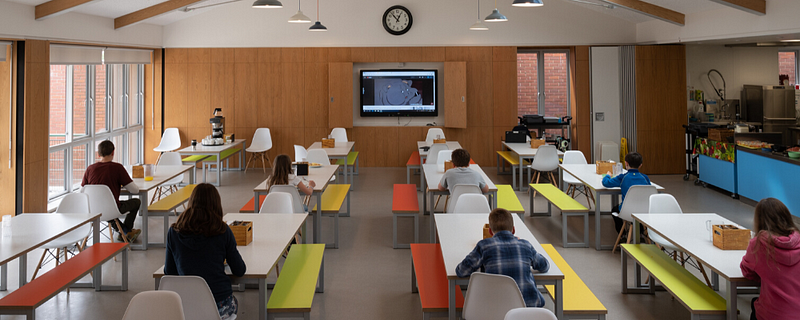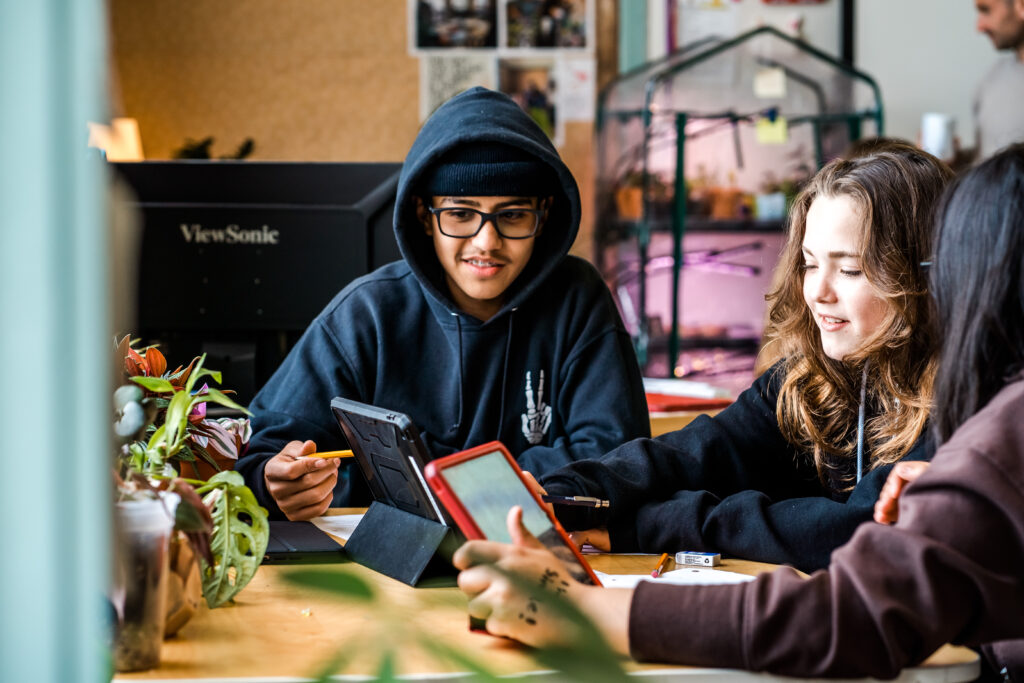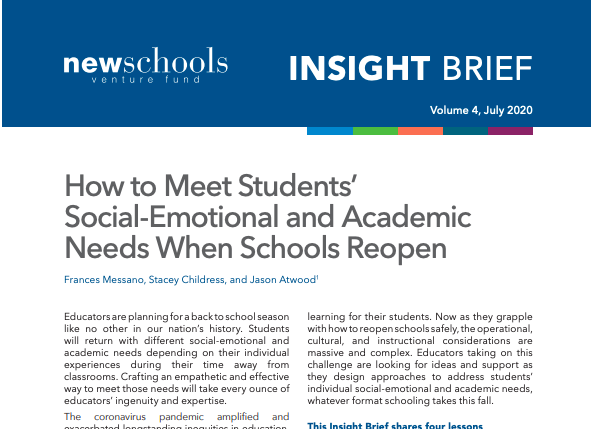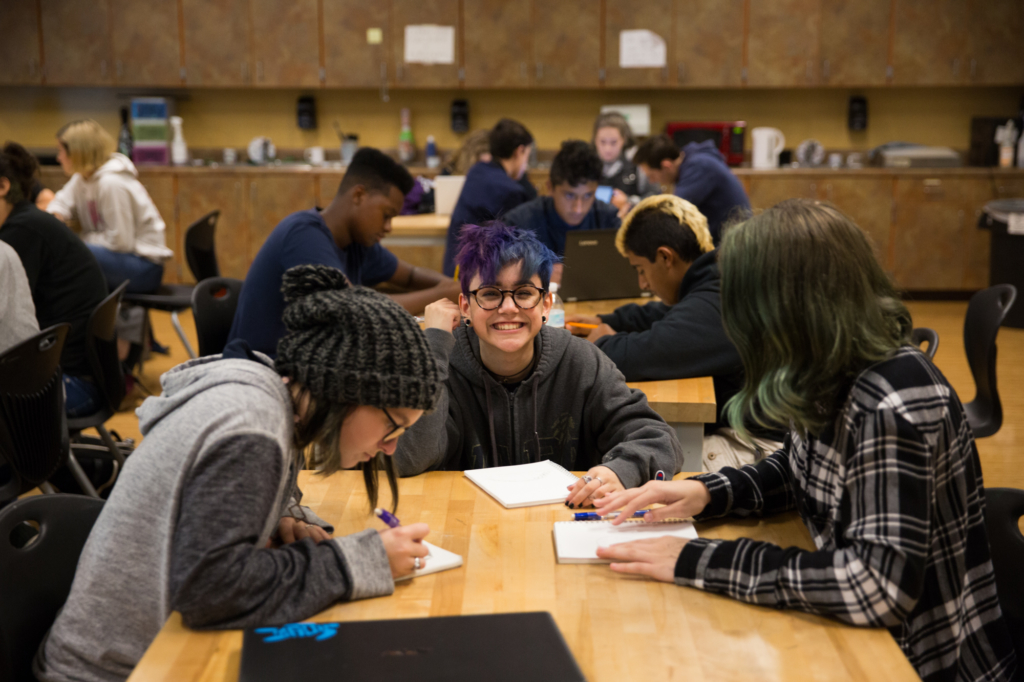By David Noah, Comp Sci High
Jason Shaad, Charter School Growth Fund
Miho Kubagawa, NewSchools Venture Fund

Photo by Andy Falconer
Are face shields just as effective as face masks? What does social distancing look like for early elementary school students? Should we take everyone’s temperature upon arrival? How often should playground equipment be cleaned?
School leaders across the country have to rethink every possible operational task as they prepare to reopen schools this fall. While there is increasingly more guidance in recent weeks from state and local officials, school leaders are grappling with how to translate these guidelines into meaningful changes in the day-to-day operations of schools.

David Noah, founder and principal of Comp Sci High in the Bronx, NY, experienced this challenge himself. In response, he brought together two nationally-recognized public health experts, Dr. Prabhjot Singh, Dr. Somava Saha, and school leaders from across the country to translate the CDC’s guidelines into tangible, evidence-based recommendations for school operations. Their collaboration resulted in a practical unofficial guide to reopening that school leaders can reference to inform planning for the fall.
Singh and Saha are crystal clear that this unofficial guide should be just that: a guide to provide additional insights where there may be open questions with guidance from local, state, and federal agencies. School leaders should review the CDC’s guidelines and consult their local public health officials.
While there is no possible way to eliminate risk in schools, school leaders can significantly reduce risk. Singh and Saha outline three foundational principles that can inform a comprehensive “risk reduction” approach to reopening.
- Reducing time and exposure: Because COVID-19 is transmitted by droplets (not airborne), schools can mitigate the risk of spread by reducing the duration of human-to-human interactions and the level of exposure when interactions do occur. Practically speaking, this might mean incorporating hand-washing routines or wearing face masks (reducing exposure) or having lunches in classrooms rather than in the school cafeteria (reducing the duration of interactions and exposure). If the past few months are any indication, we tend to overestimate the risk of casual interactions (like hallway transitions) and underestimate the impact of prolonged time and exposure (like choir practice).
- Batching: Batching is the core risk-reduction strategy for schools. Schools can reduce transmission across an entire school by limiting exposure between groups of students (batches). A standard classroom is a reasonable batch and better than, say, an entire grade level. The goal here is to reduce the mixing of different batches. Practically speaking, this might mean staggering transition times of entry and departure and rotating teachers (instead of students) among classrooms.
- Monitoring: To make any of this work, schools will need to create a supportive culture with open communication so that students, families, and staff feel comfortable sharing if and when someone shows signs of COVID-19 symptoms. Schools may find that creating systems to monitor students and staff for symptoms and communicate quickly with the school community may be a better use of time and energy than implementing time-intensive monitoring systems like daily temperature checks.
Learning about the three foundational principles helped to alleviate concerns and stress for many leaders who participated in the conversations Noah organized. If not having kindergarteners physically interact with each other is an impossible task, a school leader can consider other methods related to the principle of reducing exposure. Alternatively, a school leader can consider how to increase methods for batching. The goal is to reduce risk by instituting multiple strategies across these principles and adjusting over time.
Schools will need to shift to a more intensive approach if the rate of transmission is high locally, so schools can and should reserve an “all in” approach for when they really need it. With appropriate COVID-19 preparation and upfront communication, schools will be able to welcome students back safely this fall.
You can access the unofficial guide here: bit.ly/reopeningguide. Singh provides an overview of the “risk reduction” approach and more detail of the principles in action in this video.
If you’re a school leader or a school system leader, check out our #DistanceLearningLessons webinar series for lessons and resources that can inform the decisions you’re making now to reopen schools safely in the fall.



